Stylistic movements over time are most often underpinned by political, social and or economic reasoning. The rise and fall of both the Restoration style and Art Nouveau came at times of political and social turbulence. Does this give us any indication of where art and design might go? How strong are the links between politics and art? Will Brexit induce the next wave of rebellious art?
Contemporary interior design borrows some fundamental principles from both the classical and early 20th-century stylisms. Popularity may rise and fall but what exactly has contemporary design learned from its past?
Restoration period in England
It’s 1649, Charles I is executed and England is about to embark on a journey that shapes and informs modern design. The years between 1649-1660 are consequently spent preparing for a period of great opulence in art, architecture, and design. The restoration of the throne by Charles II and his followers, who spent the years in exile returned from France and the Netherlands with a taste for the latest continental styles. Foreign-trained merchants and artists working in England were introduced to new flamboyant forms and rich material.
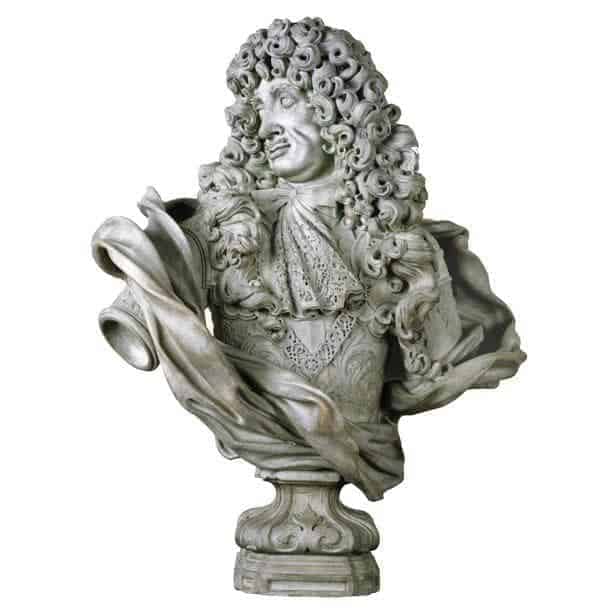
Eager to match the artistic efforts of his French counterpart- Louis XIV, Charles embarked on a construction and reconstruction mission. Palaces under renovation at Richmond, Whitehall, and Greenwich were underway and new plans were being made for Kensington. Winchester Castle was Charles answer to Versailles.
Back on the base, the proletariats were adapting to the new design methods the 17th century churned out. A new technique of producing spirally twisted forms of wood, by turning it on a lathe became popular for architectural woodwork and the supporting furnishings of interior design. These same methods and techniques are built upon and explored in modern-day interior design.
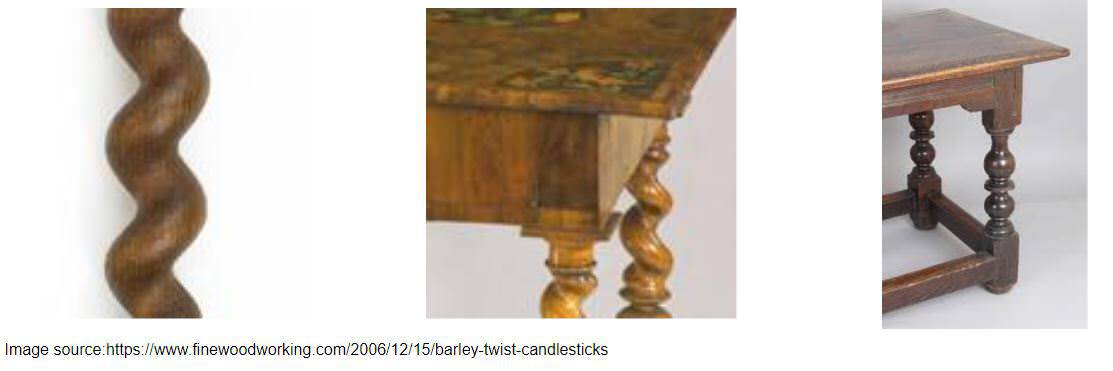
A growing interest in botany sparked by John Parkinson’s (1567-1650) revelations and publications, led to the creation and stylistic use of natural motifs. The interior design strategy of bringing the outside in has been at play for hundreds of years. Considerations of sustainable design and creating internal environments for the senses have been built upon historical design trends to which we owe grandly.
The remainder of the 17th century welcomed a surge across Europe in palace-building. Absolutist regimes from Prussia to Austria to Portugal sought to elaborately renovate and rebuild palaces to contain their main sources of power. Intricate detailing with rich finishes of gold and silver was used to embellish wood and leather panels. The work of the interior designer had never been so ravishing.
Related: Welwyn Garden City by Ebenezer Howard | History, Concept & Population
Art Nouveau
During late 19th, early 20th century, a new ornamental style of art flourished across the United States and Europe. It was a deliberate attempt to break away from the imitative historicism that dominated Europe in much of the preceding centuries. This response to neoclassicism was to create a ‘New Art’, heavily dependent on the expressive quality of organic line, structures and forms. Dubbed ‘Jugendstil’ in Germany, ‘Sezessionstil’ in Austria, ‘Stile Floreale’ in Italy, and ‘Modernismo’ in Spain- where redesigns of Modernismo buildings have created modern seamless sensory experiences.
Born in England, it was adopted by France whereby the 1870s Art Nouveau was proving most influential in architecture. One man, in particular, Eugene Viollet-le-Duc had shaped a new generation of prominent designers who focused predominantly on the following:
- Using contemporary knowledge
- Rejecting old traditions
- Prioritizing the relationship between function and material
This movement of new designers marks the turning point in which design becomes accountable for the functionality of its creations.
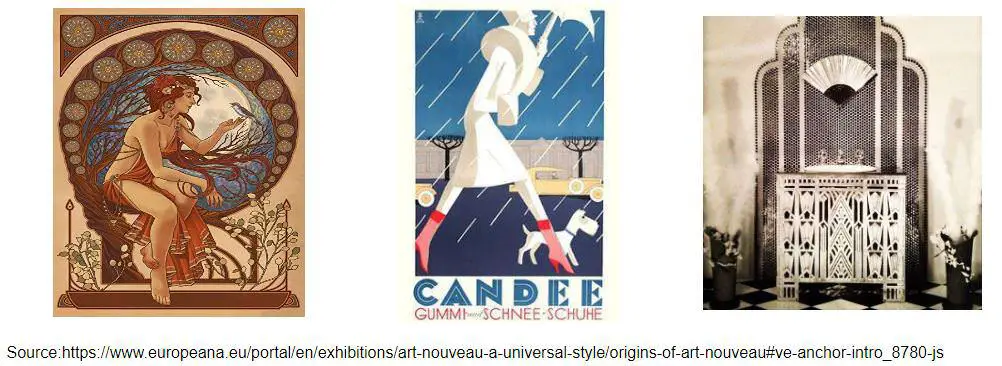
By the end of the First World War, people wanted to escape reality and enjoy life. The roaring 20s was a period of indulgence, fun, glamour, travel, alcohol. Things were changing and the Art Nouveau movement was at its peak. A social revolution and a landmark era for women. It was around this time that interior decorating became a popular women’s job and rose to prominence.
Related: Top 5 buildings by Le Corbusier
Admirers of it’s feminine, elongated inspired aesthetics have continued to turn to Art Nouveau for sophisticated and contemporary design. The success of Art Nouveau in incorporating infinitely elegant lines and forms, creating the modern and contemporary design is without question.
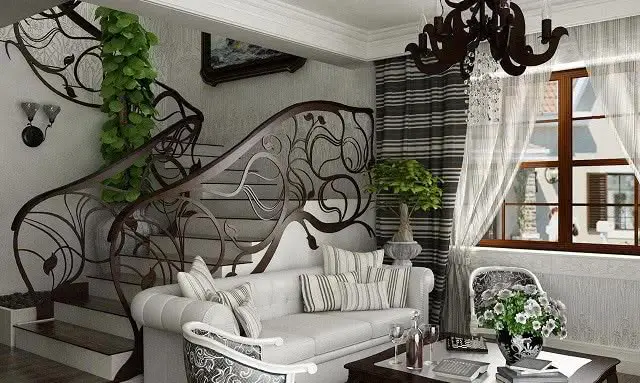
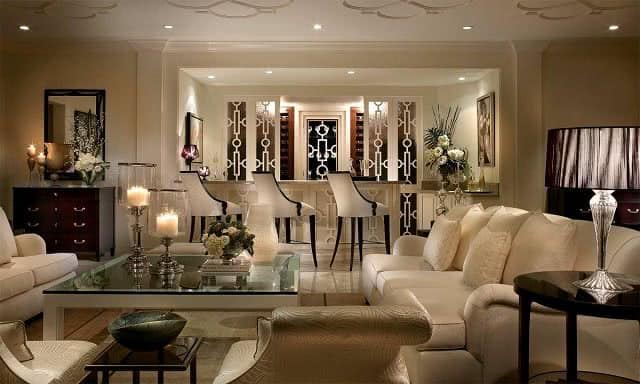
Power politics in the 17th century had induced a new wave of art and design. This revival of classical art, literature, and architecture was effectively fought off by the new and liberal politics of the 20th century.
The modern design seems to have grasped onto both stylisms- but history would suggest that following a period of political turbulence, one should expect a powerful art movement led by the common philosophy of the artists in that period.
So, should we anticipate an emerging style? After all, Brexit has been said to make art more London centric. This restriction of movement may well give rise to the next creative rebellion.